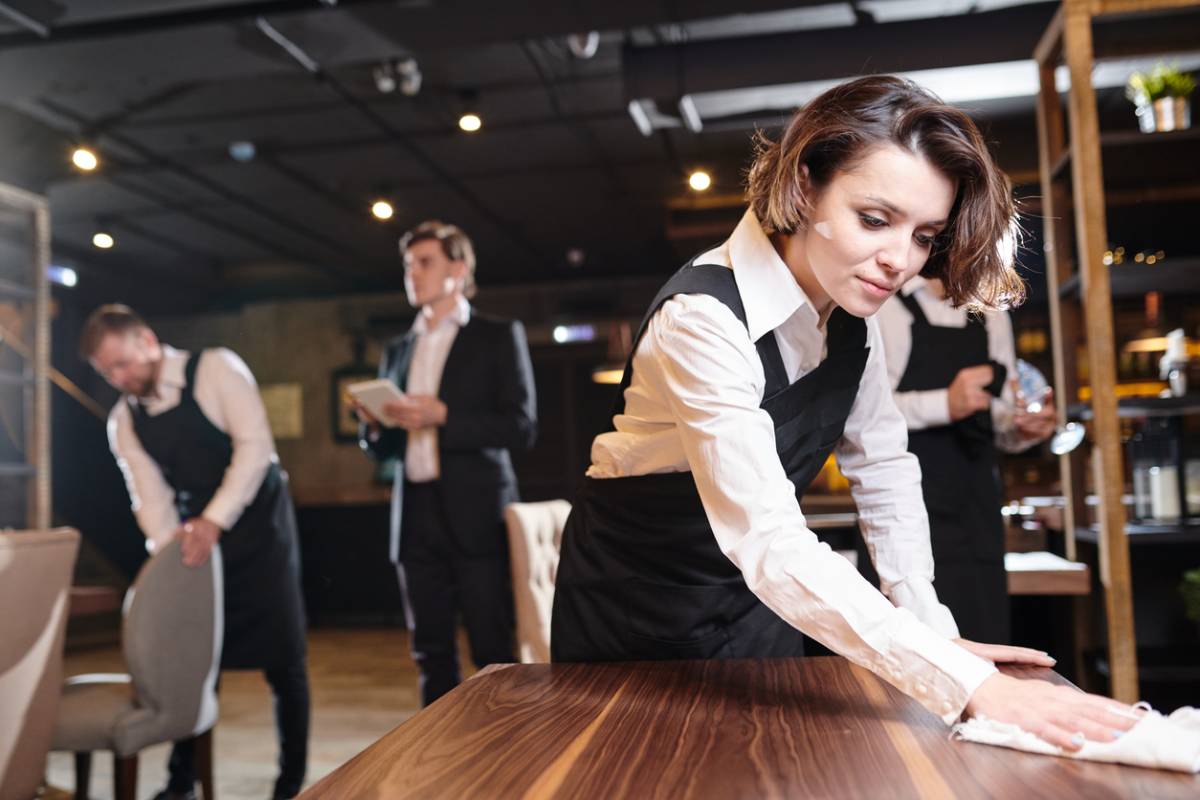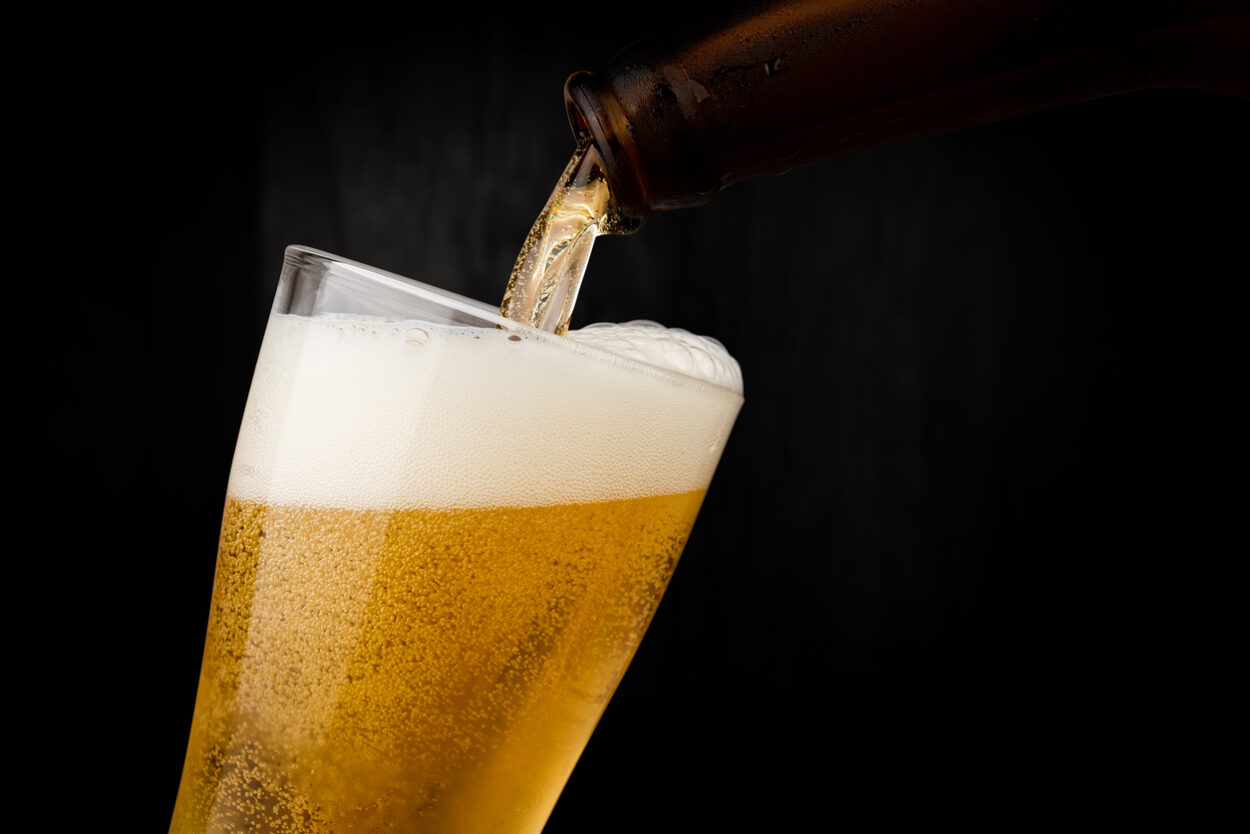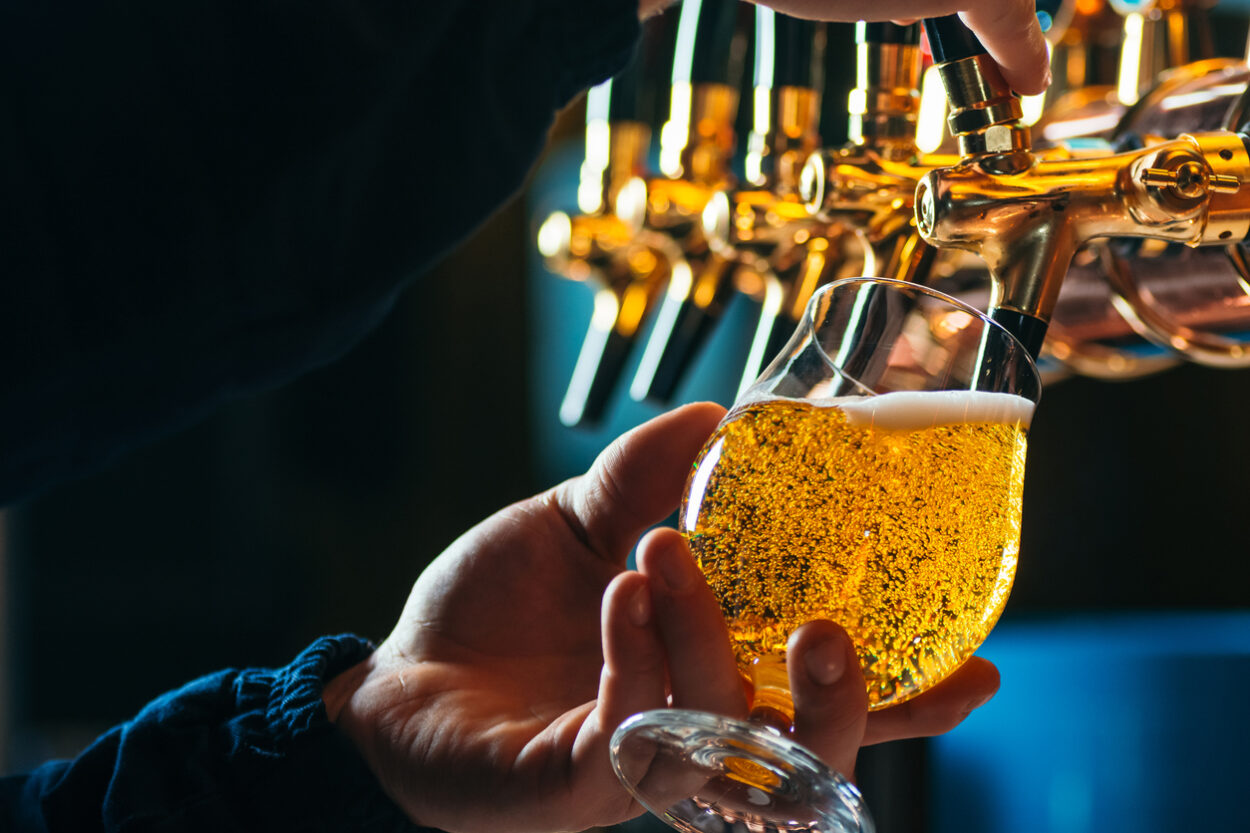Opening a bar is no easy task. But having a knowledge of the basics of opening a bar can help. It’s an expensive endeavor that requires careful planning and dedication, but that should not discourage you if it’s your dream to own your own bar. As long as you break down the process and approach it one step at a time, there is no reason you can’t achieve your goals.
The Basics of Opening a Bar
Here are some basic of opening a bar, simple steps you can take to get started without getting overwhelmed. Once you are ready, you will need the best beer equipment Orange County has.
Set Up a Reliable Filing System
You are about to have a lot of paperwork on your hands. Keeping everything organized from the very beginning will make the process of opening your bar far less stressful later on. So, this is what you do:
- Set aside a drawer in a desk or get a small filing cabinet
- Purchase a small stack of standard hanging folders. Label them “Business Plan,” “Corporate Filing,” “Trademarks,” “Licenses,” “Rental Agreement,” “Human Resources,” “Payroll,” and “Taxes.”
- Purchase a printer with document scanning capabilities.
- Create folders on your computer that match the labels given to the hanging folders.
- Do the same on a separate USB drive.
It’s very basic, but this lays the groundwork for a double filing system with digital and physical back-ups available. As your business grows, many of those original folders will get broken up into smaller categories.
Write Your Business Plan
Your business plan is a statement of what you want your business to be and how you want to see it develop over the next 3-5 years. It should include:
- A strong understanding of your target demographic and your competitors
- An indication of how you intend to improve on your competitor’s model to earn a greater portion of the market share
- A straight-forward budget that includes paying yourself for your time, giving employees fair wages, and leaves a margin for incidentals
This is the document that you will use when applying for small business loans and some licensing, so you want it to reflect your talent as an entrepreneur.
Establish the Structure of Your Business
As tempting as a sole proprietorship can be in terms of reduced costs and paperwork, this structure is not recommended for a bar. There are too many risk factors, and you need to protect your personal assets. Instead, you should establish an LLC or corporation based on your needs. These structures separate your personal assets from those of the business, preventing someone from targeting you if a legal suit is brought against your bar.
Secure Your Name and Logo
Before you start the trademarking process, you will want to make sure that both the name and URL are available. A quick internet search and a glance through the United States Patent and Trademark Office’s database will let you know if you need to come up with a new name. Once you’ve found a meaningful name that’s available, you should work with a graphic artist to create a unique logo. Both the name and logo with need to be filed with the USPTO.
Secure All Appropriate Licenses
You probably already know you need a liquor license, but local ordinances may require any number of licenses to operate a bar in your area. Make sure you meet all of the local, state, and federal guidelines that are necessary. These may require some changes to your set-up, such as the presence of commercial water filters Los Angeles, so you’ll want to consider those factors when looking at potential locations.
Find the Spot and Decorate
At this point, you’ve finally reached the fun part. You get to pick a great location and decorate your bar. You will certainly have a lot of paperwork ahead of you still, so make sure you set aside space for a small office and a break area for your employees. From there, it’s all about the drinks and the fun, which can be made even easier with the help of SC Beverage.








